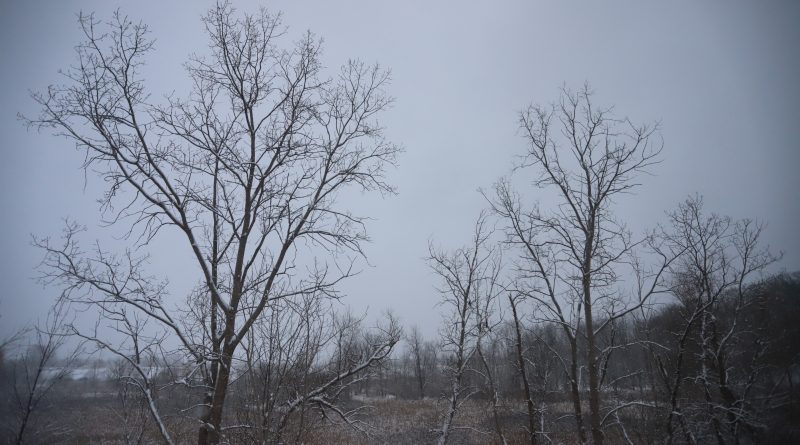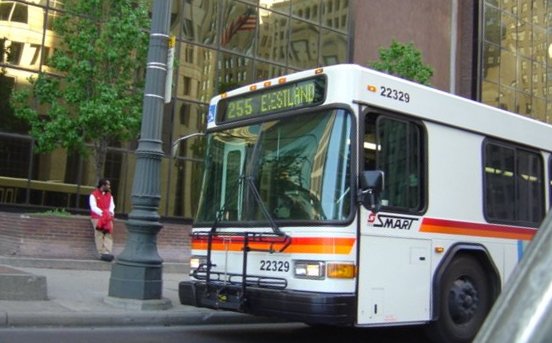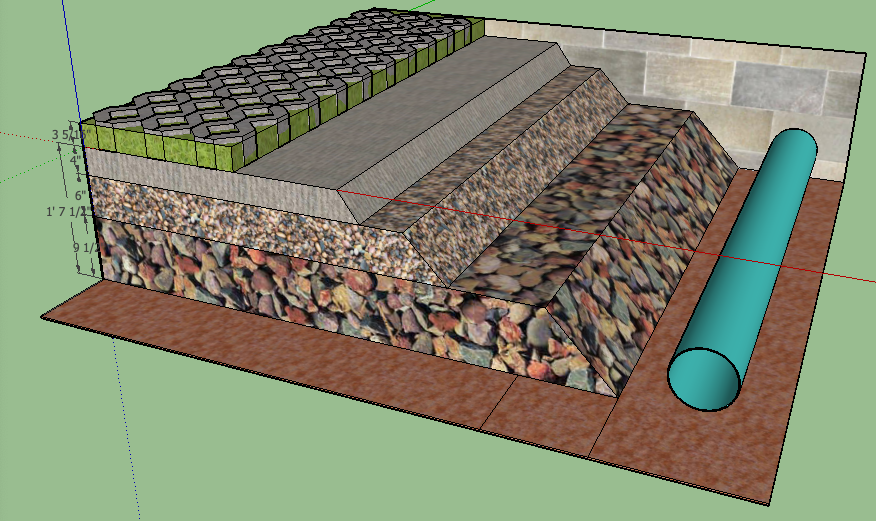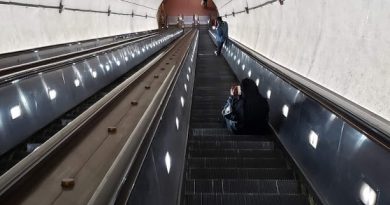Transportation Bonanza 11: The Rural, The Urban, And The MDOT
I decided to borrow some of the lessons from StartingBloc’s education about reframing– a fancy version of “making lemonade,” as it were- when I drove the whole way to Lansing for a meeting that, as it turned out, was actually in Grand Rapids. Reading comprehension, Nat. (In my defense, the quarterly meeting is usually in Lansing). But it was far from a wasted day; I had planned on attending the afternoon sessions of the Transportation Bonanza at the Lansing Center in our state capital’s not-charming downtown, and so I ended up making nearly the whole day’s program.
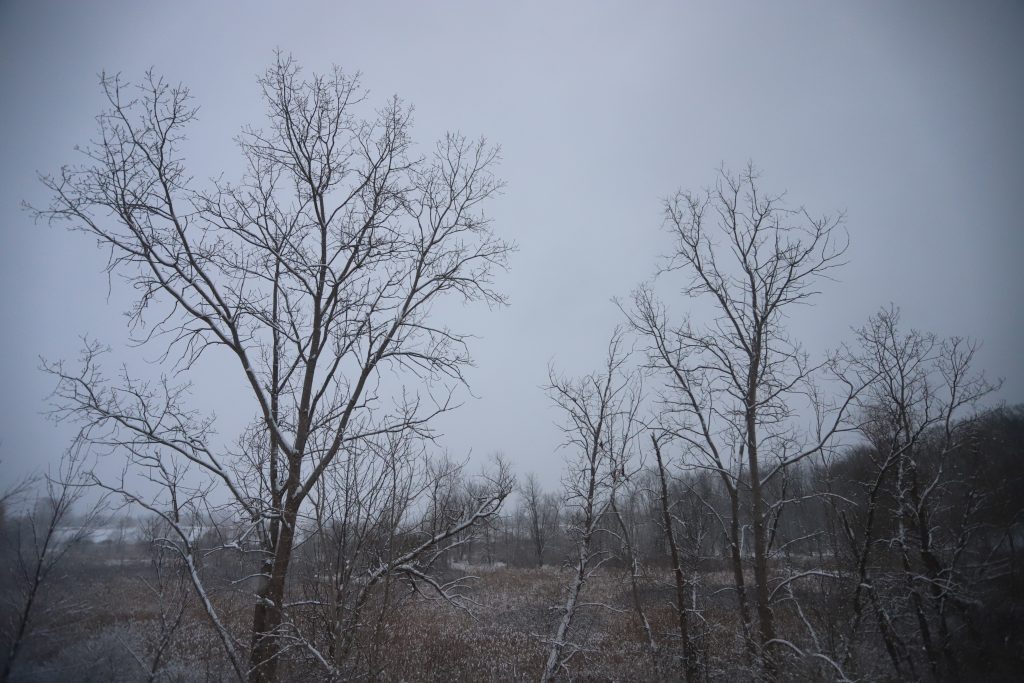

The well-attended one-day forum had a jam-packed, substantive schedule. The opening plenary focused on transportation funding. Representatives of the APA and MDOT spoke on lobbying to reauthorize the FAST Act, which is set to expire. Infrastructure funding has lagged under the leadership, or lack thereof, of Elaine Chao, transportation secretary.
Here’s a look at the sessions. I attended the ones highlighted in green.
First morning breakout sessions
- Vision Zero and Applying Data Analytics to Enhance Safety. This session focused on strategies to improve safety with a special focus on analytics and modeling. Jeffrey S. Bagdade, PE, PEng, PTOE, from Atkins, presented.
- Southeast Michigan Flooding: Assessing Risk and Building Resilience. This session was focused on SEMCOG’s statewide efforts in assembling better data to assess flooding risk. Rachael Barlock, PE presented on the modeling and the need to update the models for future more extreme climates. Somewhat frustratingly, it was devoid of mention of actual adaptation or mitigation strategies, something the presenters conceded. But the model is quite impressive and promises the ability to comprehensively plan adaptation strategies and build resilient infrastructure across the entire SEMCOG area. Recognition, of course, is the first step in solving the problem. (Diane Cross from MDOT did not respond to a previous request for comment about GSI integration in highway planning).
- Best Practices and Lessons Learned: Safe Routes Action Planning. MSU and project partners presented on a comprehensive toolkit and implementation examples for Safe Routes to School.
Second morning breakout sessions
- What Can I Do on Main Street? (Especially If It’s An MDOT Route?). This session featured Brad Strader, AICP, PTP, from panmidwestern landscape architecture firm MKSK, and Kari Martin from MDOT. The session focused on priorities for pedestrian safety on Trunkline Main Street routes and discussed examples of Kalamazoo and Lansing to manage intersecting jurisdictional issues.
- MDOT Updates: M2D2 and Long Range Transportation Plan (MM2045). This session was a doozy, discussing MDOT’s Multi-Modal Development and Delivery (M2D2) plan and the long-range state transportation plan (MM2045). The session was replete with circular process flow diagrams and frustratingly lacking on content about modes other than cars. I asked MDOT’s Brad Peterson about how to reconcile the disparate results from a 2019 survey that showed vastly different priorities between MDOT employees and citizen respondents. Peterson basically said that there’s no money for transit. (Mysterious, though, how there’s so much money for highways). He did, however, say that there is a challenge working across the hundreds of road authorities across the state on the funding issue. Many contributors to the mobility discussion have raised this same issue.
- When to Road Diet, Run, or Roundabout! Progressive AE’s Chris Zull and Suzanne Schulz, AICP, discussed ways to think road redesign. Case studies were presented alongside pragmatic discussions about how to challenge perceptions of road diets as a government conspiracy.
Afternoon breakout sessions
- Aging Populations Prompts New Rural Transit Options: This was an excellent session– though quite long- focusing primarily on examples from Shiawassee Area Transportation Agency and Greg Kellogg from Livingston Essential Transportation Services (LETS). Shiawassee is more rural than suburban, almost between Flint and Lansing, while Livingston is a rapidly suburbanizing, formerly rural exclave between Lansing and Detroit. Rural communities have serious challenges in implementing mobility solutions (the subject of an upcoming article). Fare recovery ratios are low– as low as 5% in some counties, according to Kellogg’s data, and never higher than 30% (in The Thumb’s Huron County, for whatever reason). Shiawassee built an impressive system from nothing to serving 85,000 passengers per year in two decades. Both communities provide mostly “demand response” services, a.k.a. “dial-a-ride.” These systems serve mostly disabled and elderly passengers and are expensive to operate, but Kellogg noted that one future plan includes fixed route service along the Grand River corridor (!) and a direct connection to the Detroit Airport which was in high local demand. Success stories, both said, were primarily based on the ability to form strong partnerships with major demand drivers like healthcare providers, veterans services, and major employers, since residential population density alone was so low.
- Share! Succeed! This session focused on successful collaborations between agencies and other public sector entities. Examples were provided from Ottawa and Washtenaw Counties and beyond.
- Complete Streets in a Tech and Shared Mobility Era: McKenna’s Paul Lippens, AICP, NCI, and Doug Plachinski, AICP presented. Jake Parcell from the City of East Lansing moderated.
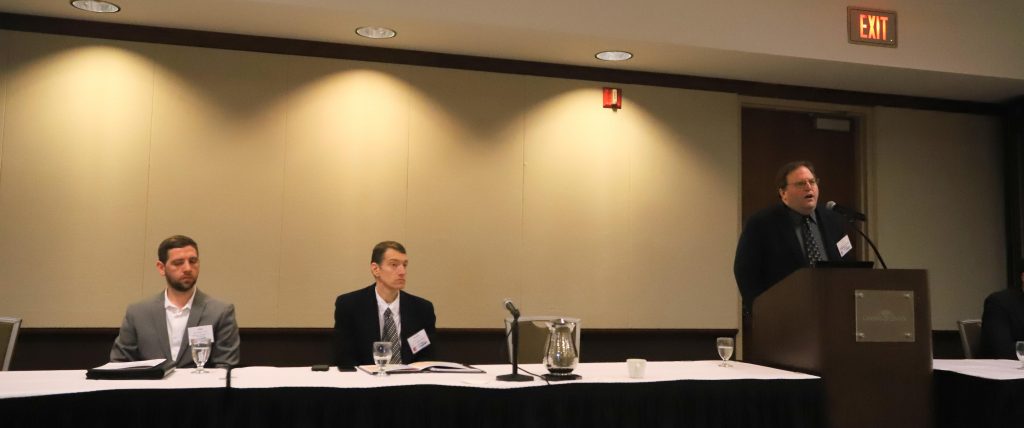
Lunch Keynote: Toole Design and The Three New E’s
Ciara Schlichting of Toole Design did a stellar lunch keynote presentation. She touched on big picture issues as well as more granular challenges of planning, focusing especially on accessibility in design of complete streets. In the big picture, she cited the need to more from “education, engineering, and enforcement” to “ethics, equity, and empathy.” Purely technical solutions favored by the engineers of old, she said, do not solve human problems.
“As engineers,” she said, “we didn’t talk to people, we just knew what we were supposed to do! ‘I’m going to move cars in the name of efficiency!'” – Ciara Schlichting of Toole Design
She also cited the need to radically reshape how we plan cities, planning for human beings instead of for cars. “We don’t call them accidents anymore. We call them crashes now.” I’ve observed this in media coverage of car crashes involving cyclists and pedestrians. They always write in the passive voice– “[object] was killed” versus “a car killed [object].”
Following Schlichting, WSP’s Steve Buckley presented on success stories for coalition-building in Toronto and Philadelphia for complete streets implementation. His presentation focused on
I asked a question about how to challenge the supremacy of parking reliance, and he said that a lot of effective change can be scalably influenced from local policy implementation. Some of this can be pretty basic to start with. Statements in support of Vision Zero can be followed by citywide, regional, or statewide efforts toward Vision Zero. Complete Streets policies can complement zoning reform. He referred to street parking specifically as an “asset,” saying that it’s not sensible to eliminate parking options when it’s possible to simply regulate them better.
I made it out by 4:30 and down to Naing Myanmar by the time they opened at 5pm. The restaurant is one of the greatest in These United States and the trip is a pilgrimage I make every time I come to our capital city. Check it out. And see you next year!
(This article is part of a series on transit and mobility in Southeast Michigan.)

